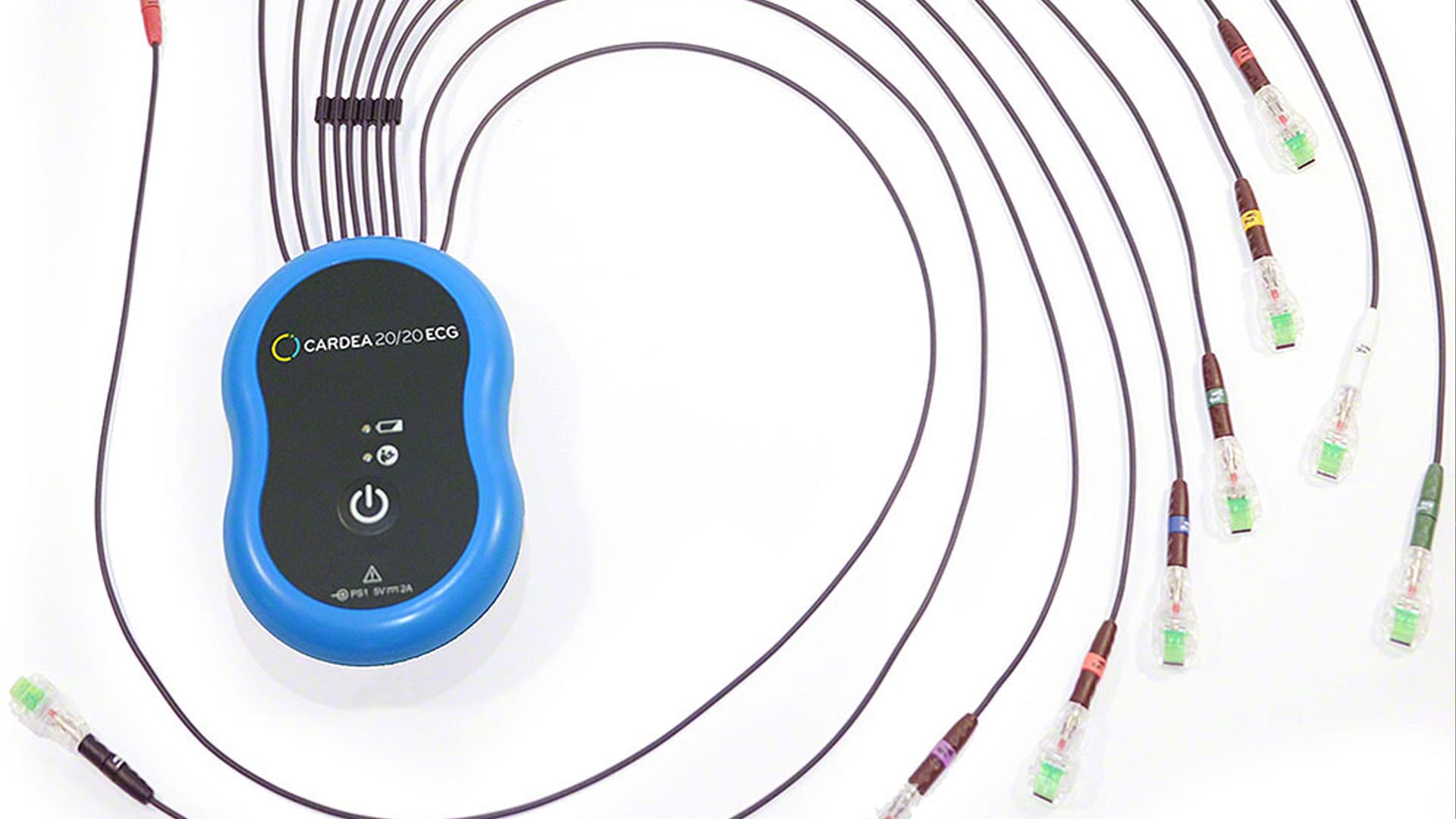While ambulatory ECG monitoring has certainly improved since the introduction of the short-term Holter monitor, even recent innovations in prescription wearable technology face significant challenges that limit clinical performance and diagnostic accuracy, including:
- Patient Comfort and ConveniencePatient compliance is a key component of a successful diagnostic process. The less comfortable the ECG monitor, the less likely patients are to properly wear them — meaning reduced diagnostic accuracy. Without a comprehensive view of the entire monitoring period, clinicians cannot be confident in the results included in the device report.As part of Cardiac Insight’s Cardea SOLO® ECG System, the SOLO Sensor was specifically built to be a patient-centric monitor that maximizes compliance by minimizing lifestyle disruptions. In addition to the lightweight, lead-free design, the all-in-one sensor minimizes the risk of infection or skin irritation commonly seen in industry-standard monitors. Likewise, the water-resistant feature means patients can continue nearly all of their normal activities, including showers and moderate exercise.
- Intermittent Rhythm AbnormalitiesOne of the leading challenges in arrhythmia diagnostics is successfully documenting abnormal heart rhythms. Many of these rhythms do not occur in a predictable pattern, so patients must undergo an extended monitoring period in order to effectively capture significant results.Published research indicates that peak diagnostic yield occurs within the first week of monitoring, and one study found a sharp decline thereafter.1 For this reason, the SOLO Sensor is worn for 7 days in order to achieve optimal diagnostic accuracy and up to 97.6% diagnostic yield.2
- Diagnostic Software AnalyticsWhen it comes to analyzing ECG device results, many providers are frustrated by the lack of clinical interpretation and uncertainty predictions in these reports. Clinicians must be able to understand how the system translated the raw data into diagnostic results, as well as the likelihood of the results being incorrect.In just 5 minutes, the SOLO Software provides a bulleted list of initial findings, sample ECG waveforms, key statistics, and visualized trends. Once analysis is complete, the clinician can either electronically approve the results or manually edit diagnoses and rhythms before signing off.Additionally, providers can see any predictions of uncertainty in each report with case-specific sensitivity, specificity, and positive predictive values (PPV). These values demonstrate SOLO’s ability to provide the transparency, accuracy, and thoroughness cardiology providers need to confidently diagnose their patients with arrhythmias
Sources:
1. Tan, E.S.J., Seow, S.C., Kojodjojo, P., Singh, D., Yeo, W.T., Lim, T.W. (2018). Optimal duration and predictors of diagnostic utility of patient-activated ambulatory ECG monitoring. Heart Asia 10(2), e011061.
2. Turakhia, M.P., Hoang, D.D., Zimetbaum, P., Miller, J.D., Froelicher, V.F., Kumar, U.N., Xu, X.Y., Yang, F., Heidenreich, P.A. (2013). Diagnostic utility of a novel leadless arrhythmia monitoring device. American Journal of Cardiology 112(4), 520-524.




